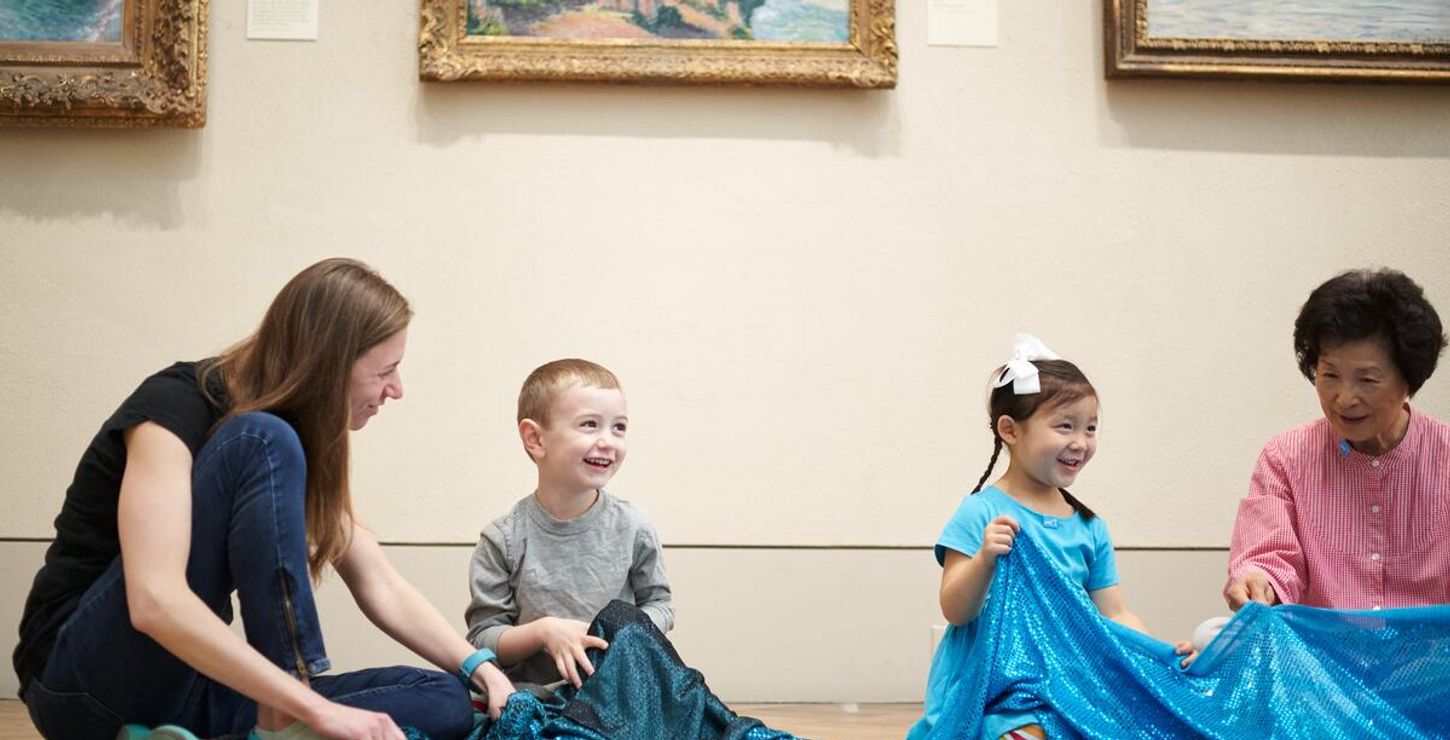Education Classrooms
Main Building

Photo by Elizabeth Leitzell
This program is designed for families with children on the autism spectrum or who have other sensory sensitivities. Experience select galleries open before public hours and engage in activities and art-making for all ages and developmental levels.
Questions? Email us at familyprograms@philamuseum.org.
Check out the variety of events offered by this program, for members and the public alike.